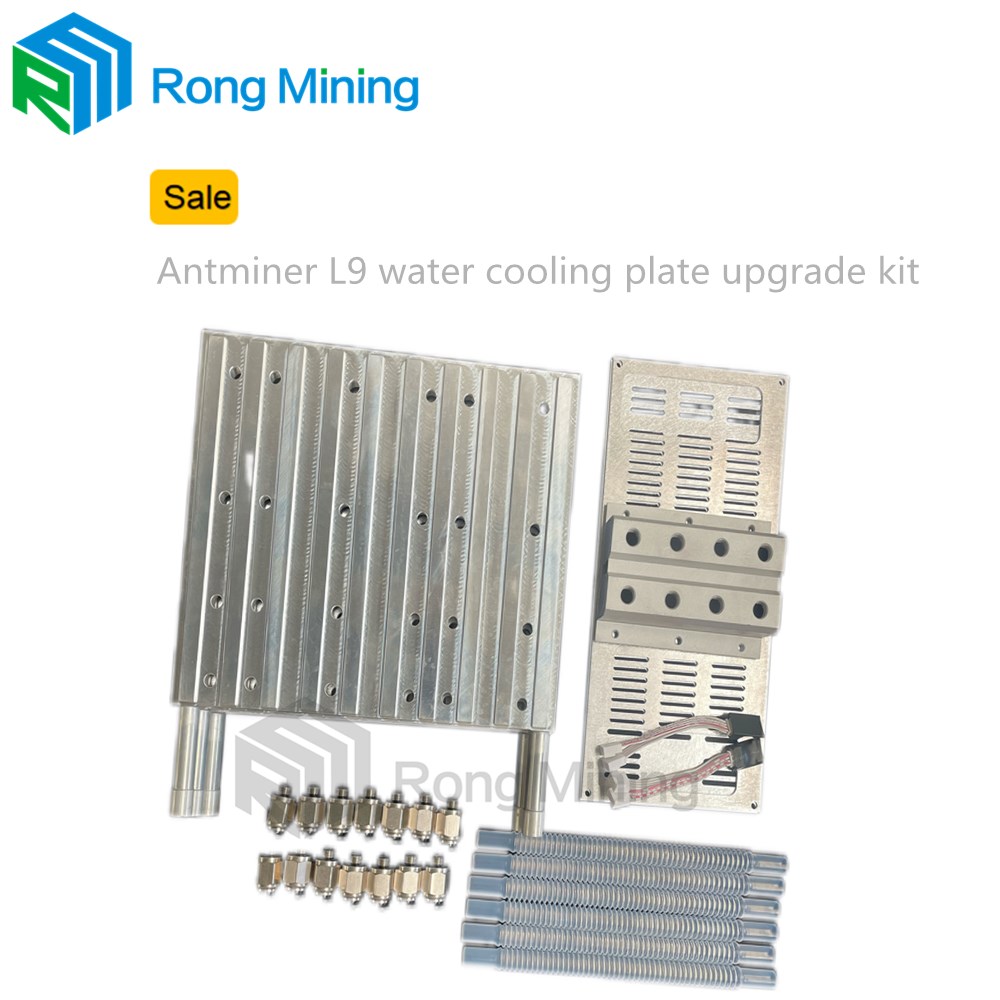The operation principles of ASIC Miner Water Cooling Plate
2025-05-07
The water cooling plate used in ASIC miners (Application-Specific Integrated Circuit miners) is a key component designed to manage the immense heat generated by the high-performance chips during cryptocurrency mining. Here's a breakdown of its operating principles:
1. Structure and Components
A typical ASIC miner water cooling plate includes:
Base Plate: Usually made of aluminum or copper for good thermal conductivity.
Micro-channels or Serpentine Paths: Engraved or embedded channels that direct water flow.
Inlet/Outlet Ports: For connecting to a closed-loop water cooling system.
Sealing Mechanism: Ensures watertight operation (e.g., gaskets or welded seals).
Thermal Interface Material (TIM): Ensures efficient heat transfer between the ASIC chips and the plate.
2. Working Principle
Step-by-step operation:
Heat Absorption
The ASIC chips generate heat during operation.
This heat is transferred to the water cooling plate via direct contact or through a TIM.
Heat Transfer to Coolant
The water (coolant) flows through the internal channels in the plate.
The plate conducts the heat to the coolant due to its high thermal conductivity.
Coolant Flow and Heat Removal
The heated water exits through the outlet port and moves to a radiator or chiller.
There, the water is cooled before being recirculated back through the inlet.
Continuous Loop
This cycle continues, maintaining the chips at an optimal temperature.

3. Benefits
Efficient Heat Dissipation: More effective than air cooling in high-density mining setups.
Lower Noise: No need for high-speed fans.
Temperature Stability: Leads to longer hardware life and improved performance.
4. Considerations
Flow Rate and Pressure: Must be carefully regulated to ensure proper heat removal.
Coolant Quality: Use of non-conductive, corrosion-inhibiting fluids is ideal.
Leak Prevention: Any leak near electronics can be catastrophic.
If you are interested in our products or have any questions, please feel free to contact us and we will reply you within 24 hours.


